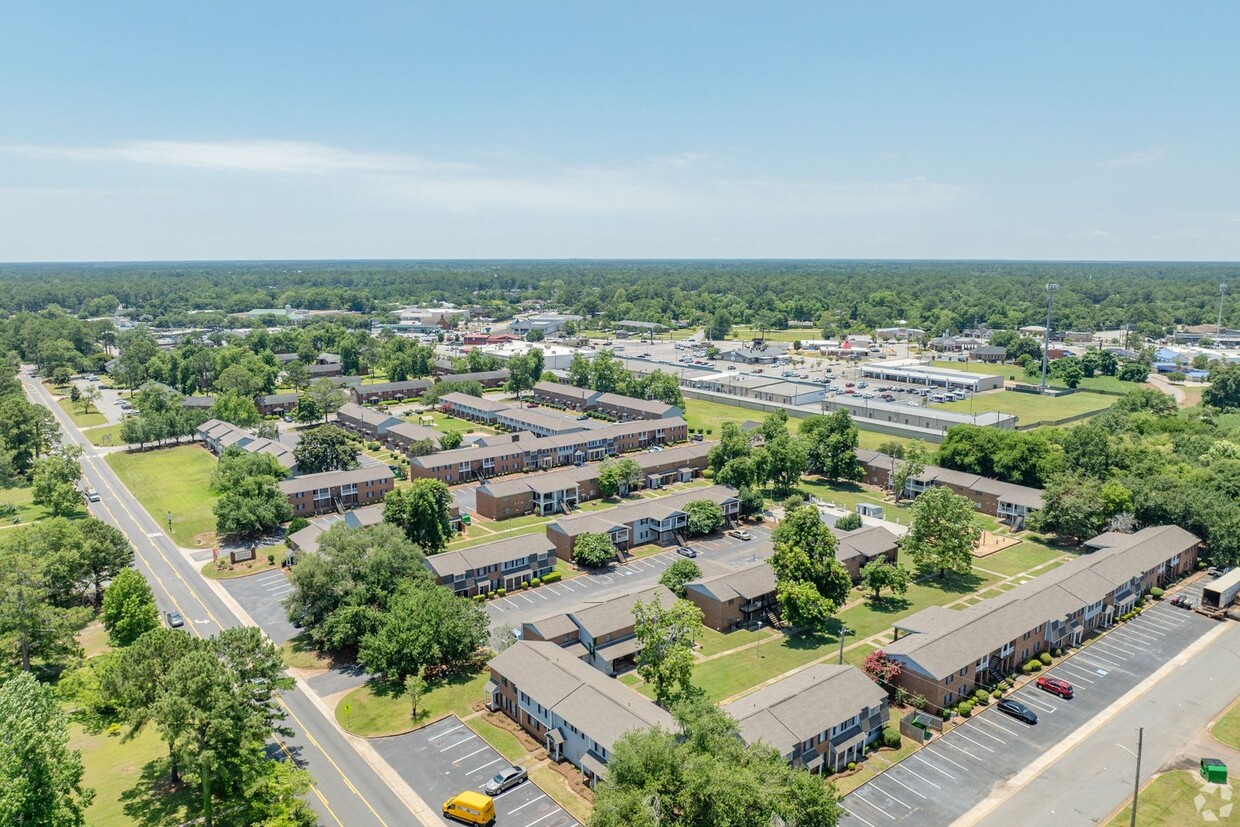Top Multifamily Development Trends for 2024
Multifamily housing development has an unclear future as an asset class, with strong fundamentals complicated by a turbulent economic outlook. Market fundamentals have remained strong over the last year, stabilized by strong demand and healthy occupancies. However, the asset class has be in decline since the end of 2023 due to dislocated capital markets, supply chain shortages, and difficulties getting individual project approval. High expenses are chipping away at net operating income (NOI), and falling property values and sales prices, as well as the high cost of debt, are expected to reduce demand and lead to more defaults in the next year.
Market dislocation, tight financing terms, and an influx of new supply entering the market are causing turbulence for this typically low-risk asset class. As we look forward into 2024, you should expect a slightly more troublesome market, even as ongoing housing shortages keep risk low. Tracking trends in the multifamily development market can help you stay ahead of any downturns, pursue projects in desirable markets, and bolster your portfolio to protect your returns.
Here are the top multifamily development trends you should look out for in the next year and the strategies and tools you need to remain agile as the market shifts.
Multifamily Development Trends to Watch in 2024
Housing Shortages Keep Multifamily Risk Low
Multifamily housing still remains a low-risk asset class as housing shortages in the United States continue to drive demand over the next couple of years. Housing shortages have resulted in a drop in annual home sales and high mortgage rates. Single-family homes are in a continued decline, as homeowners are choosing not to sell due to high-interest rates, creating more opportunities in the multifamily sector. Even amid uncertain market conditions, multifamily development can be a fairly low-risk asset class as demand remains high and remains a better investment than office or retail projects.
High Demand For Small and Luxury Apartments
Luxury apartment demand has remained steady over the past few years due to rising housing prices and mortgage rates, and these properties are likely to remain resilient. Vacancy rates for Class A rentals jumped 30 basis points from the end of 2022 through the midpoint of 2023, as compared to a 40-to-80-point basis point jump for Class B or Class C. High barriers to homeownership are supporting demand for luxury housing among certain demographics, such as millennial renters, and this will remain the case into the next year.
Demand for smaller, more affordable units has also persisted over the last couple of years, and the average size of a multifamily unit is shrinking. As costs to build multifamily development increase, developers are planning projects with smaller units, especially in metropolitan areas with limited space for construction. High rents make these small, affordable units more attractive to prospective tenants as well. so construction and demand for small units can be expected to grow in 2024.
Oversupply Lowers Rent In Select Markets
Rent in certain markets may plateau or decrease due to an influx of new multifamily units, and it may be worth tracking markets before pursuing new projects, as this can diminish your potential returns. Research conducted by CBRE forecasted delivery of nearly 715,000 new multifamily housing units over the next two years, with more than 750,000 multifamily units already under construction in markets getting an influx of residents during the COVID-19 pandemic.
The supply wave, with over one million units underway across the country, will have different implications from market to market. The majority of these increased supply units will be limited to select markets, such as New York, Dallas, Miami, Phoenix, or Atlanta. New units coming onto these markets may temporarily result in a rent decrease and lower returns for developers as consumers have more options.
Learn how to avoid common real estate development mistakes and obstacles that even the most experienced and highly-skilled developers are susceptible to by downloading our guide.
Multifamily Oversupply May Be Short-Lived
Experts believe the oversupply in the market will be short-lived as census data shows city populations continue to grow and housing production lags behind. New supply is largely focused on a handful of major cities, and while this will potentially result in lower rents and eat into returns in the short term, the bigger-picture population trends suggest demand will remain strong. In addition, construction of multifamily housing has likely already peaked. New construction delivered 91,400 units in Q2, bringing the trailing fourth quarter total to 351,500, and have been lower in recent quarters, suggesting lower deliveries in 2024.
Market Dislocation Will Complicate Multifamily Development
Capital market uncertainty is creating some challenges to the multifamily development market despite the positive market fundamentals of strong rents and demand. The increase in capital costs has created pricing uncertainty in the market and made it more difficult for developers to complete transactions. The rate of transactions was 70% slower in 2023 than in the past couple of years, with only $23 billion in sector sales completed by mid-June, down from $194.7 billion in 2022 and $226.1 billion in 2021.
Investors have been more hesitant to complete transactions in anticipation of more rate increases from the Fed. In addition, government-sponsored entities (GSE) aren’t providing adequate cover for multifamily transactions. Financial headwinds are likely to continue to complicate the development of multifamily projects and will likely pose obstacles in getting multifamily projects financed.
Tight Financing & Supply Concerns Slow Production
Multifamily development is expected to decline into the next year, with reduced credit availability, problems getting individual project approval, and insurance concerns. When investors are looking at the downward movement of multifamily pricing combined with uncertainty in commercial lending, it can make it more difficult to secure a deal. However, some economists think the market will remain resilient and could start to pick back up toward the middle of 2024. You may still be able to close multifamily development deals in the next year, but given the financial obstacles, proceeding with caution for the foreseeable future is likely a best practice.
Strategic Planning For Multifamily Development Projects
Decision-making around multifamily development will depend on a variety of factors. Multifamily projects can still be a predictable and profitable source of revenue in your portfolio, but investors may prove timid. Finding ways to mitigate risks, such as opting for development projects with a mixed-use component to diversify revenue streams or doing market research to ensure demand will remain high in your target market, will be essential for multifamily development projects in the following year.
Concerned about investments … at SIMM Capital we feel that Real Estate “Is the safest investment in the world”. Why venture down this road alone. Rely on those that know the business, We live it and breath it – at SIMM Capital our investment strategy is to give everyone the chance to build wealth through real estate. We seek the best assets that hold the largest opportunities to improve on management and value, while delivering in rent growth year over year that will result in high quality returns. We know the business.To see how we can help you click – the link www.simminc.com




Recent comments